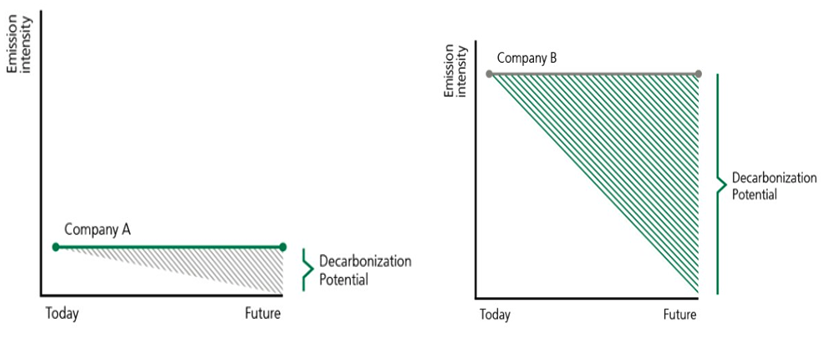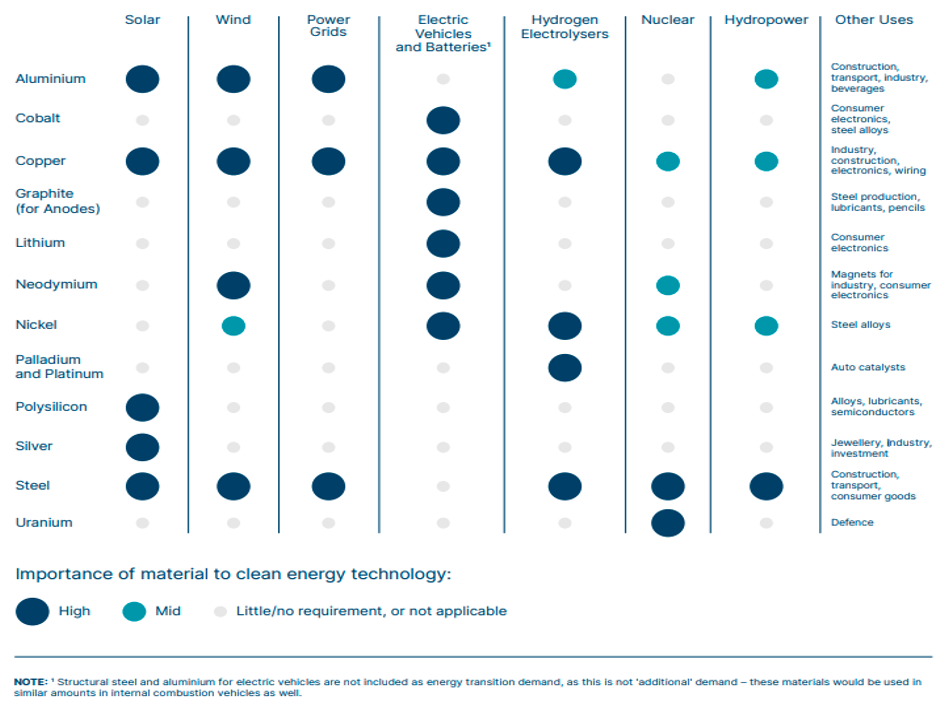Biodiversity, which encompasses all living things on earth – including microorganisms, plants, animals, and the ecosystems they form – is being destroyed at an alarming rate. One quarter of the world’s plants and animals are at risk of extinction, and 40% of ice-free land is in a state of degradation.
Five main drivers are responsible for biodiversity loss: climate change, pollution, overexploitation of natural resources, changes in land and sea use, and invasive non-native species. Many business activities contribute to these pressures, with the food, energy, infrastructure, and fashion value chains accounting for 90% of human-caused pressure on biodiversity.
What’s at stake
Biodiversity and ecosystems touch every aspect of human life. From the food we eat to the medicine we need, humans are heavily reliant on functioning ecosystems. More than 75% of global food crops rely on animal pollination, and over 70% of medicines used to treat cancer are natural or synthetic products made possible because of biodiversity.
According to the Convention on Biodiversity, 40% of the world’s economy relies on biodiversity. The already present decline in ecosystem health costs the global economy $5 trillion annually.
Given these dependencies, biodiversity loss can translate into a wide range of risks for companies, including risks to operations resulting from supply chain disruptions, liability risk, price volatility risk, and regulatory, reputational and market risks.
Additionally, ecosystem loss has major implications for tackling the climate crisis. Land and the oceans absorb more than half of all carbon emissions produced by human activities, but as ecosystems disappear, nature’s ability to act as a “carbon sink” will be diminished and the consequences for our fight against climate change could be severe. Emissions reductions must therefore be coupled with measures to protect biodiversity if we are to meet our net-zero goals.
Regulators and investors take action
Since the Kunming-Montreal Global Biodiversity Framework was adopted in 2022, biodiversity – and nature more broadly – has been moving up the agenda for investors and regulators.
Key players are taking real action against the global threat of biodiversity loss, and we expect to see a continued focus on this issue. Numerous regulatory measures have been put in place, including the EU Deforestation Act, the EU’s Corporate Sustainability Reporting Directive, and Article 29 in France, all of which require increased company disclosure on impacts and dependencies on nature.
Investors are increasingly examining the financial risks associated with biodiversity loss. The Taskforce for Nature-Related Financial Disclosures (TNFD) launched their final framework to evaluate these financial risks in September 2023. The TNFD guidance is closely aligned to the Task Force on Climate-Related Financial Disclosures framework, incorporating the same four pillars of Governance, Strategy, Risk Management, and Metrics & Targets. The TNFD framework provides an essential starting point for companies to begin identifying, assessing, and disclosing their nature-related impacts and dependencies.
Other investor-driven engagement initiatives such as the Finance for Biodiversity Foundation, Nature Action 100, and the PRI Stewardship Initiative on Nature are beginning to take shape and gain momentum.
As companies realize that continued access to capital is increasingly contingent on making meaningful progress towards true stewardship of nature, real change with generational impact will follow.
Vancity Investment Management Ltd. is the sub-advisor of the IA Clarington Inhance SRI Funds.
iA Clarington Investments Disclaimer
For definitions of technical terms in this piece, please visit iaclarington.com/glossary and speak with your investment advisor.
The information provided should not be acted upon without obtaining legal, tax, and investment advice from a licensed professional. Statements by the portfolio manager or sub-advisor represent their professional opinion and do not necessarily reflect the views of iA Clarington. Specific securities discussed are for illustrative purposes only and should not be considered a recommendation to buy or sell. Mutual funds may purchase and sell securities at any time and securities held by a fund may increase or decrease in value. Past investment performance may not be repeated. Unless otherwise stated, the source for information provided is the portfolio manager. Statements that pertain to the future represent the portfolio manager’s current view regarding future events. Actual future events may differ.
Commissions, trailing commissions, management fees, brokerage fees and expenses all may be associated with mutual fund investments, including investments in exchange-traded series of mutual funds. The information presented herein may not encompass all risks associated with mutual funds. Please read the prospectus before investing. Mutual funds are not guaranteed, their values change frequently, and past performance may not be repeated. Trademarks displayed herein that are not owned by Industrial Alliance Insurance and Financial Services Inc. are the property of and trademarked by the corresponding company and are used for illustrative purposes only.
The iA Clarington Funds are managed by IA Clarington Investments Inc. iA Clarington and the iA Clarington logo, iA Wealth and the iA Wealth logo, and iA Global Asset Management and the iA Global Asset Management logo are trademarks of Industrial Alliance Insurance and Financial Services Inc. and are used under license. iA Global Asset Management Inc. (iAGAM) is a subsidiary of Industrial Alliance Investment Management Inc. (iAIM).
RIA Disclaimer

